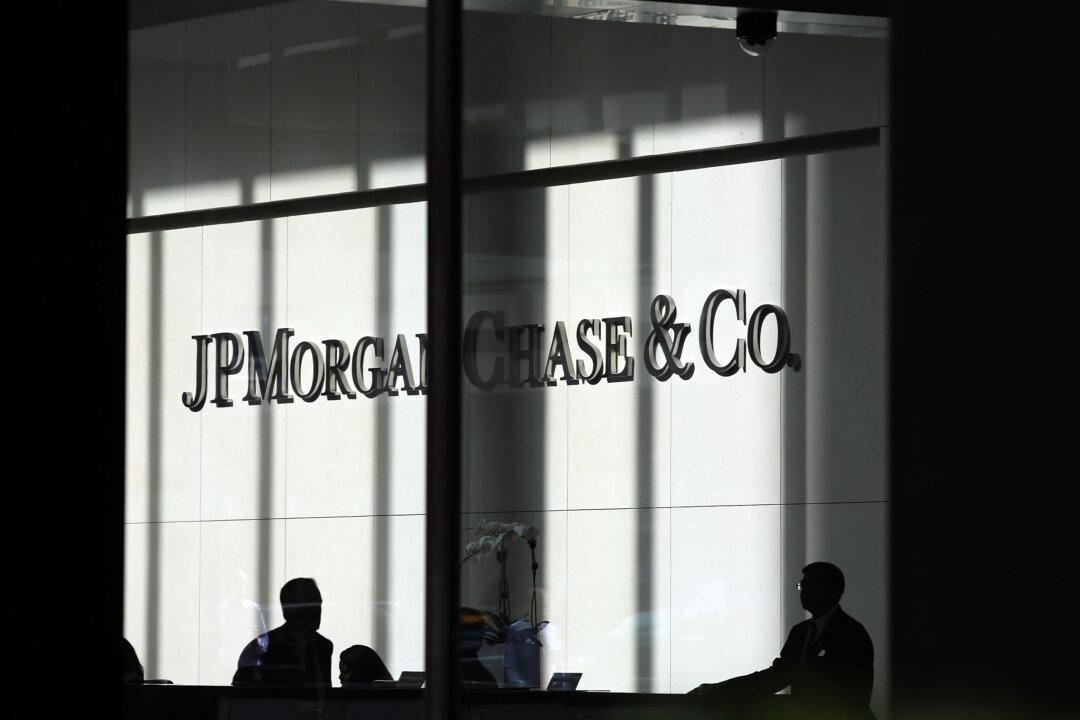News Analysis
As the current banking crisis spreads, with First Republic Bank becoming the third major U.S. bank failure of 2023, many are now seeing echoes of what has come to be known as the “Great Financial Crisis” of 2008–09.

As the current banking crisis spreads, with First Republic Bank becoming the third major U.S. bank failure of 2023, many are now seeing echoes of what has come to be known as the “Great Financial Crisis” of 2008–09.